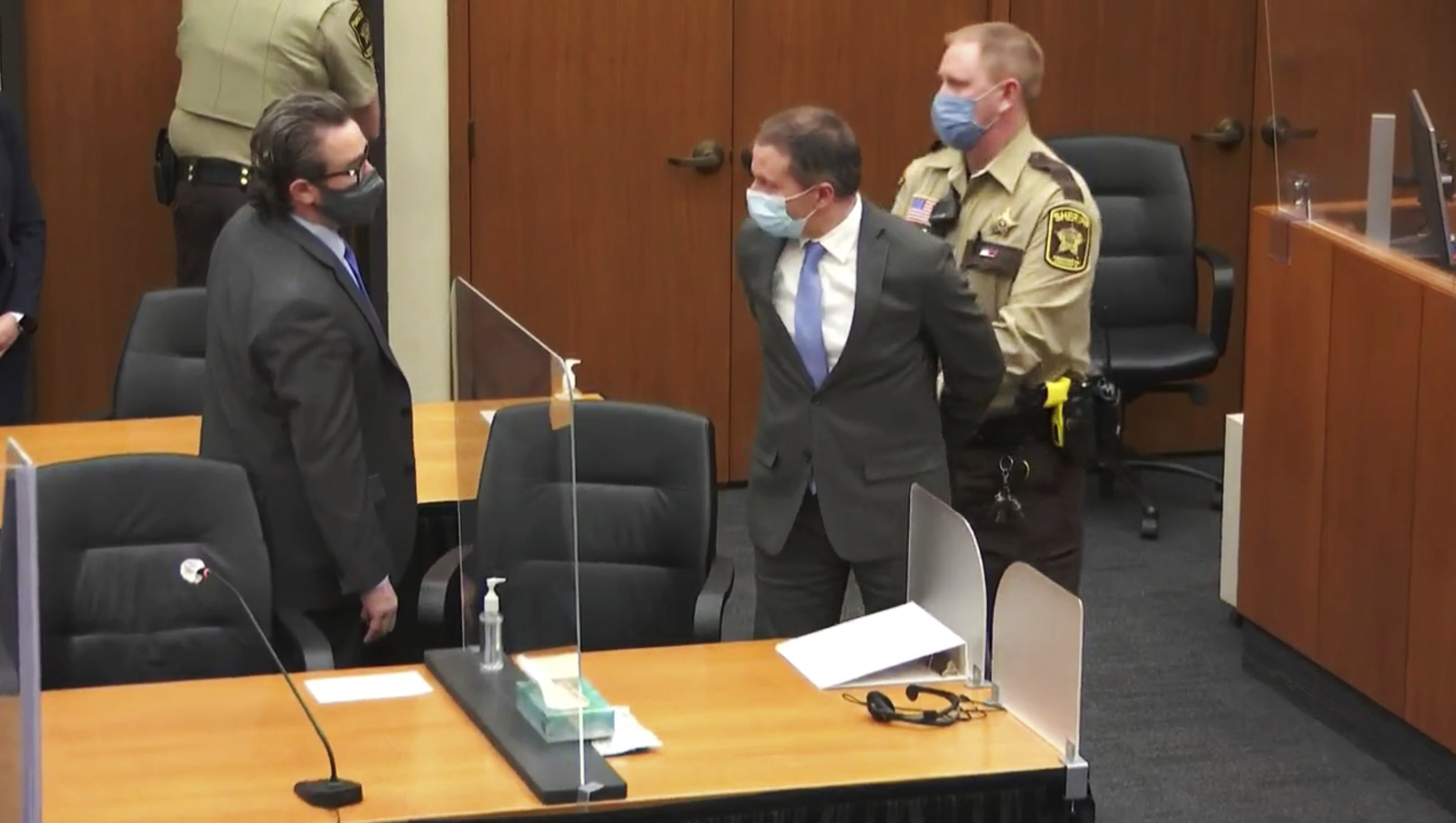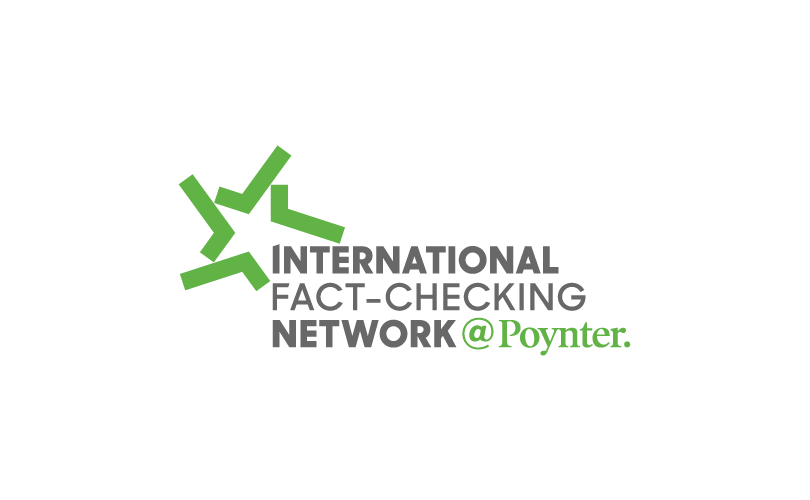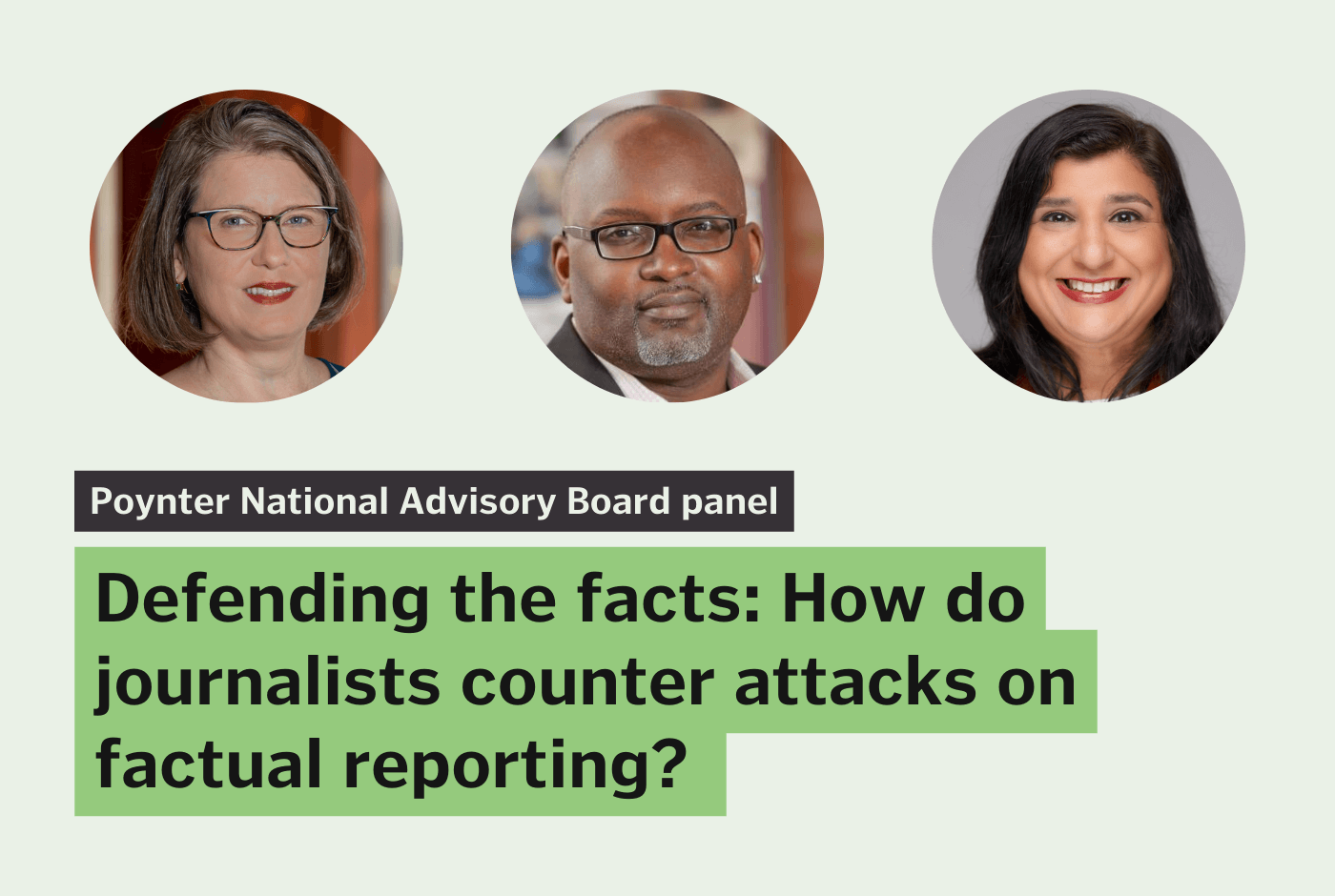 Covering COVID-19 is a daily Poynter briefing of story ideas about the coronavirus and other timely topics for journalists, written by senior faculty Al Tompkins. Sign up here to have it delivered to your inbox every weekday morning.
Covering COVID-19 is a daily Poynter briefing of story ideas about the coronavirus and other timely topics for journalists, written by senior faculty Al Tompkins. Sign up here to have it delivered to your inbox every weekday morning.
Close to 40,000 Americans are currently hospitalized with COVID-19 symptoms and that number is rising, as it has been for a few weeks.
There are several reasons, and we can do something about all of them.
Coronavirus variants such as the more contagious B.1.1.7 strain are infecting more people. And these variants move quickly. The Wall Street Journal points out:
The recent rise in Covid-19 cases in the U.S. has largely been driven by a handful of states, many of them the same places that first emerged as hot spots a year ago. Through Monday, about 75% of the previous week’s new cases in the U.S. came from Michigan, Florida, New York, Pennsylvania, and New Jersey.
Covid-19 cases and the rate of new cases per 100,000 people are resurging in several states that, for long stretches, had kept the pathogen relatively at bay. Outside of the period from Thanksgiving to New Year’s, Michigan, Pennsylvania and New Jersey haven’t seen levels this high during the pandemic. And outside of that same holiday period, New York hasn’t had this many new cases since spring, and Florida not since the summer.
As spring arrives, people are no longer willing to stay cooped up. States are easing restrictions.
About half of American adults have gotten at least one vaccine shot but demand is slowing as people question whether they need a vaccine or whether they trust them.
A Centers for Disease Control and Prevention advisory group meets Friday to decide whether to allow the one-dose Johnson & Johnson vaccine to be used, or whether it should only be approved for some people because of concerns about a possible connection to blood clots.
[the_ad id=”667826″]
Lumber prices are skyrocketing in a pandemic building boom

A worker wearing a mask carries a plank at Midwood Lumber & Millwork on March 25, 2020 in New York. (AP Photo/Mark Lennihan)
Since the pandemic began, the price of lumber — the materials you would buy to build a house or a deck — has risen 193% and is still rising.
Fortune reports:
This influx of buyers is only further driving up the price. On Friday, the price of lumber per thousand board feet jumped to $1,048, according to Random Lengths. That’s an all-time high, and up 193% from a year ago.
That price jump is unlikely to be the last. On Monday, the May futures contract price per thousand board feet of two-by-fours jumped $32 to $1,158. That uptick would have been higher had circuit breakers not been halted 20 minutes into trading — something that occurs when the commodity is up more than $32 during a single trading day.
“I’ve been doing this long enough to have lived through a few other cycles of up and down and supply issues, and I have never seen anything in over 40 years of building that compares,” Tom Troy, president of Sharbell Development Corp., told NJ Advance Media.
This squeeze is caused by sawmills that decided to limit production last year at the same time people who were stuck at home started renovating and building stuff. On top of that, low interest rates and a tight housing market touched off the demand for new houses. We find ourselves at a time when, despite record wood production in the last couple of months, we also have record demand and prices.
The National Association of Home Builders estimates the price of lumber has gone up more than 180% since last spring. In some cases, that adds another $24,000 to the price of a single-family home compared to April 2020.
NJ.com says the high prices and short supplies are dragging out how long it takes to complete projects like renovations, which makes them much less attractive.
For Sean Cromarty, a realtor and home-flipper in Monmouth County, the record lumber prices and long lead times make it harder for him to justify investing in various properties, especially those in need of fixing up.
As contractors extend delivery estimates, Cromarty said the entire renovation process drags with it, sending money down the drain.
“Depending on a property, that can be thousands of dollars every day that that supply-chain issue costs you,” he said.
So when can DIY’ers and contractors expect the price shock to correct? Experts say not to get your hopes up anytime soon.
Steel prices are rising, too
Steel prices are on a tear, too, but the rise might be slowing down. Might be. Steel production is increasing but a Biden administration infrastructure plan would dramatically increase demand.
You should check on any larger construction projects in your area to see what steel prices are doing to costs, especially any public works projects like piers or government buildings. In some cases, the unexpected higher costs have stalled big projects.
COVID-era supply problems are causing price increases for diapers and other essentials
Procter & Gamble said Tuesday that it will raise prices on brands such as Pampers diapers and Always and Tampax tampons, the latest consumer goods’ manufacturer to hike what it charges retailers.
The exact amount of price increases will vary by brand, but will be in the mid-to-high single digit percentage range, P&G said. They will go into effect in mid-September.
The company will also raise prices on Always Discreet adult incontinence products and Luvs diapers.
[the_ad id=”667872″]
How the pandemic forced the Chauvin trial to open to cameras

In this image from video, former Minneapolis police Officer Derek Chauvin, center, is taken into custody as his attorney, Eric Nelson, left, looks on, after the verdicts were read at Chauvin’s trial for the 2020 death of George Floyd, Tuesday, April 20, 2021, at the Hennepin County Courthouse in Minneapolis, Minn. (Court TV via AP, Pool)
In any high-profile case, there are two important courts: the court of law and the court of public opinion. The two can move closer to one another when the public is permitted to witness the court of law with their own eyes, as we did in the trial of Derek Chauvin. And in one odd way, the pandemic forced the court to open to cameras.
A bit of context: Audio-visual coverage is not presumptively allowed in Minnesota courtrooms during the guilt/innocence phase of criminal trials. Rather, under Minnesota’s court rules, all parties must consent. So although Chauvin consented to cameras, when the state filed notice that it did not consent, that would have been the last word under ordinary circumstances.
But in a surprising move, the court ordered that, given the pandemic, the only way to comply with the First and Sixth Amendments was to allow the trial to be “recorded, broadcast and livestreamed in audio and video.”
In a subsequent order, the court specified that the only spectators allowed inside the courtroom would be two media representatives, one technician from Court TV (to provide the live audio and video feed), one member of the Floyd family, and one member of the Chauvin family.
All the old tropes about lawyers “playing to the camera” did not happen this time. What unfolded in this trial is what unfolds in courtrooms across America every day: serious-minded people tried to apply the law without fear or favor. Hennepin County Judge Peter Cahill was in total control of his courtroom and never drew the spotlight on himself.
With some rare exceptions, federal courts do not allow live camera coverage. Half of all states have some limitation or ban on cameras in courtrooms. In the Chauvin trial, cameras remained static, not zooming in or out on anyone in the courtroom. They were not allowed to show the family of George Floyd.
The pandemic has taught us that courts can function even over Zoom. Bloomberg Law summarizes:
As an appellate court of appeals held in 1917, allowing only 25 members of the public to attend a trial when the courtroom could hold 100 people constituted a reversible error. Similarly, perhaps it is not reasonable to allow only 100 people — or even 500 people — to observe the administration of justice when we can reasonably allow anyone with a television, internet connection, or data plan to do so.
And make no mistake about it, people will watch. 300,000 people watched The Star Tribune’s live feed during the jury selection, arguably the driest part of the proceeding.
This trial proved cameras do not detract from the solemn work of the court and they may just restore faith in the legal system.
[the_ad id=”667878″]
We’ll be back tomorrow with a new edition of Covering COVID-19. Are you subscribed? Sign up here to get it delivered right to your inbox.









